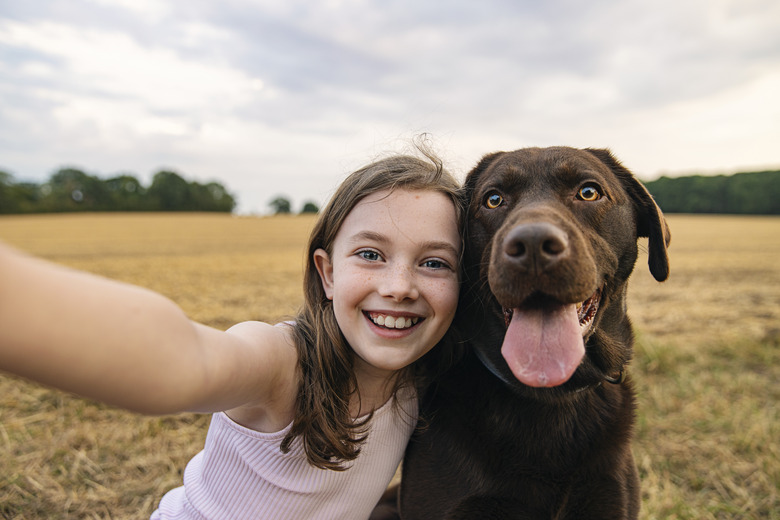Do Dogs Have Feelings?
When we look at our pets, we often think we know how they're feeling. Humans are social beings, and we do our best to determine the emotional state of others. It's only natural, then, for us to try to understand the emotional state of our beloved pets.
It may seem obvious that your dog feels excited when it's time for a walk, sad when you leave the house to go to work, or guilty when you come home to garbage freshly scattered across the kitchen floor. But do dogs have feelings, or are these just classic cases of personification? The answer is complicated, and while we're uncertain of the depths and intricacies of a dog's emotions, we know with some degree of certainty that they have feelings just as humans do.
Do dogs have emotions?
Do dogs have emotions?
Human feelings are experienced in a group of brain regions called the limbic system. It regulates basic emotions, such as happiness, sadness, anger, and fear. Though a dog's brain is smaller than a human's, the structure is similar, including that of the limbic system. Dogs also share the chemical and hormonal factors that affect our emotional state. Since we don't know what it feels like to be a dog and they can't communicate their feelings to us, we can't make the claim that a dog emotion feels the same to them as a human emotion feels to us. It's a matter of processing and perception that we likely experience differently.
Using a functional magnetic resonance imaging machine, scientists are able to see how a dog's brain responds to various stimuli. It turns out that a dog's brain behaves a lot like a human's. However, we don't have any evidence that dogs experience more complicated emotions, such as guilt or shame. Many researchers believe the facial expressions and body language that may be perceived as guilt is a learned behavior meant to appease a displeased human or may actually express fear of being punished.
Your feelings affect your dog's feelings
Your feelings affect your dog's feelings
Humans guide their canine companions throughout their life, so they've learned to look to us for emotional cues. We can see that when we feel cheerful or excited, our dogs often display signs of cheerfulness or excitement. A dog who sees that his owner feels anxious or fearful can sense that there's a threat and is likely to become anxious too. When his owner feels confident and assured, he has no reason to feel threatened in his environment and is likely to feel secure.
Dogs have affective empathy, which is the ability to feel what others are feeling. In a study published in Animal Cognition, researchers played audio recordings for their canine participants that featured positive and negative emotional stimuli: a human either laughing or crying and a dog either play barking or whining in isolation. They also played recordings of nonemotional stimuli, such as nature sounds and neutral voices. The dogs responded differently and congruently to the positive and negative emotional sounds, showing that they can "catch" the feelings of others. This occurred after detecting their emotional state from just the sound of their voice.
Emotional disorders and treatments
Emotional disorders and treatments
Dogs are susceptible to emotional disorders that may negatively impact their life. They might experience depression, phobias, eating disorders, obsessive-compulsive disorder, separation anxiety, and other types of anxiety disorders. These are issues to which many humans can relate. As humans and dogs have brains that are similar in structure and function, the medications used to effectively treat these disorders are the same for both. The emotions as well as the emotional impairments that dogs and humans feel are physiologically the same. It's how we feel them that might be different.
References
- National Geographic: Yes, Dogs Can 'Catch' Their Owners' Emotions
- Springer Link/Animal Cognition: Investigating Emotional Contagion in Dogs (Canis familiaris) to Emotional Sounds of Humans and Conspecifics
- Anxiety.org: Some Dog Breeds Are More Prone to Suffer From Anxiety Disorders
- Dana Foundation: Decoding the Canine Mind

